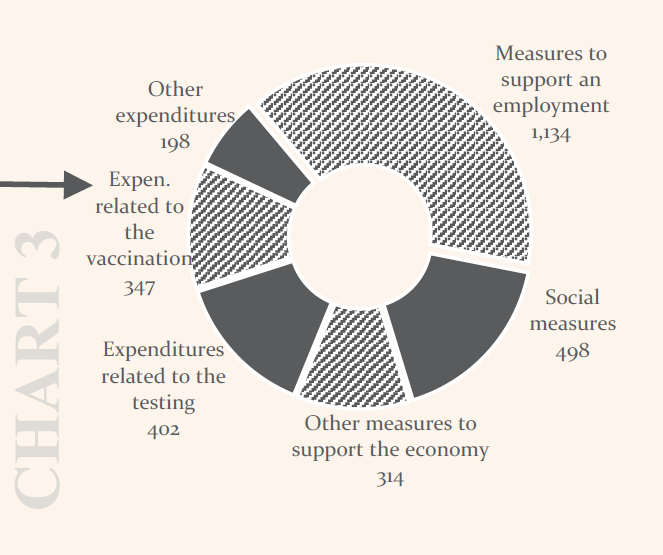We assume a feedback loop between the fiscal limit distribution and the risk premium and determine them simultaneously using and efficient iterative scheme.
A nonlinear relationship between the sovereign risk premium and the level of government debt then emerges in equilibrium. The model is calibrated to Slovak data assuming steeply growing age-related transfers and volatile business cycle. We study the impact of various model parameters on the conditional (state-dependent) and unconditional distributions of the fiscal limit. Fiscal limit distributions obtained via Markov–Chain–Monte–Carlo regime switching algorithm depend on the rate of growth of government transfers, the degree of countercyclicality of policy, and the distribution of the underlying economic conditions. We find that both distributions are considerably more heavy-tailed compared with those usually obtained in the literature for advanced economies, and are very sensitive to the size and rate of growth of transfers, the business cycle phase and the fiscal policy credibility. The main policy message is that the Maastricht debt limit of 60 percent of GDP is not safe enough for Slovakia. Furthermore, credible reforms reining in age-related spending and thus stabilising public finance in the long-run, should be a priority.
You can find the whole paper here.
Keywords: Simulation Methods and Modelling, Fiscal Policy, Government Expenditures, Debt Management and Sovereign Debt.
JEL Classification: C15, C63, E62, H5, H63.



